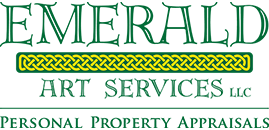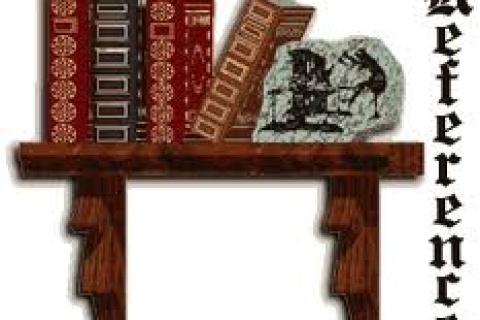Print Terminology & “stuff on the bottom”!
The numbers on the bottom of a lithograph or other graphic usually appear as a fraction, with the denominator giving the edition size and the numerator giving the number of each satisfactory print in the edition. For example, 17/248 means that the artist has qualified this is image as the 17th satisfactory image, out of a total edition of 248 images. Because editions are generally printed all at the same time, it is virtually impossible for the numerator to reflect the actual printing sequence. When an artist signs and numbers a limited edition work, this is affirming to the buyer that there can be no more copies than the denominator indicates. As an edition sells out, the price of the work usually increases.
Artist’s Proof: An artist’s proof is the first trial image made by an artist. With each proof, the artist can make changes and make other proofs, until they are satisfied with the results. Then the edition is printed. Instead of numbers on the bottoms of these images, the artist will write the words “artist’s proof ” or AP.
Epreuve D’ Artiste: This is another designation for artist’s proof, abbreviated as EA.
Bon A Tirer: This is French for “Good Pull”. This is the designation given to the print by which the rest of the edition is evaluated. It a print does not match the BAT , it is destroyed. Only those prints that are high enough quality are made part of the edition. The BAT is not part of the numbered edition and typically belongs to the printer rather than the artist. These are usually marked BAT.
Hors de Commerce: This is another French term meaning “Not for Trade” or “Outside of Commerce”. Traditionally these prints were pulled with the regular edition but marked by the artist for business use only. These graphics were used for entering shows, exhibits, samples, etc. Today, however, since people began to acquire and collect them, these graphics now generally find their way to the market place through regular channels and are sold. Prints are marked as: HC 1/10.
cael. or caelavit: Meaning “engraved”. Used until the end of the 1600’s
del., delt. or delin: Short for Delineavit. Artist that “Drew” the image on the printing surface.
eng. or engd.: Short for Engraved. Artist that engraved the image.
exe. or exct.: Short for Excudit or “Struck By”. Can mean either the printer or publisher
pinx. or pinxt.: Short for Painted. Proceeds the artists name for whom created the original painting the print reproduces.
If there are two names on the bottom of the print, one on the left and one on the right, the name on the left is considered the original artist and the name on the right is the artist that created the image for the print.

